Reading Baldwin after Harvey: Why Climate Change is a Social Justice Issue
Of course, the circumstances between Hurricane Harvey and the 1943 Harlem riots are different, but the fault lines exposed by those events are not.
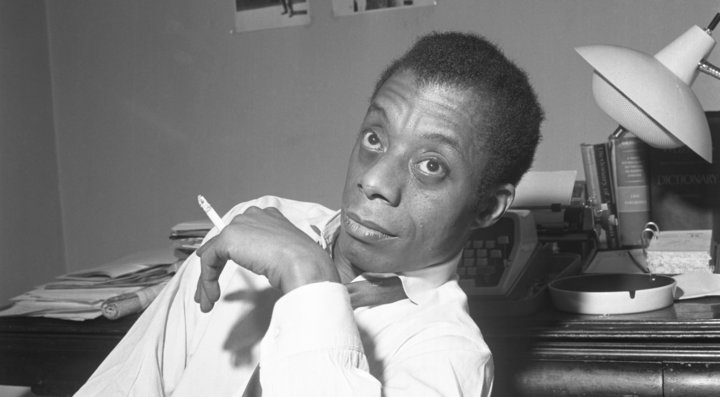
Of course, the circumstances between Hurricane Harvey and the 1943 Harlem riots are different, but the fault lines exposed by those events are not.
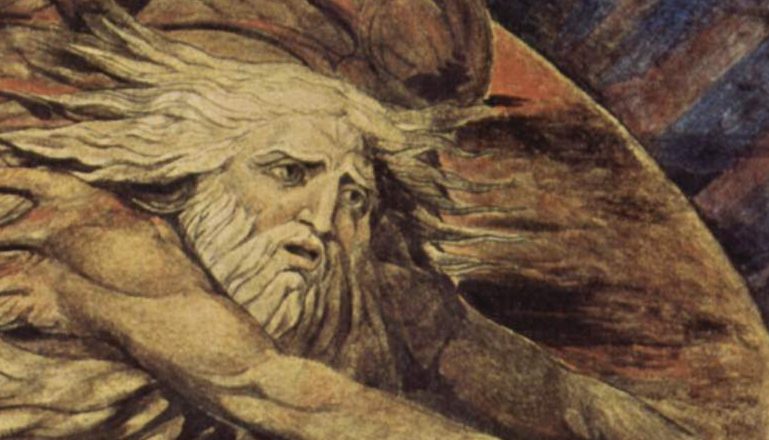
William Blake possessed an erratic imagination that serves as a fascinating example of how a literary artist can forges new modes of expression in order to stand before the shifting reality in which they live.
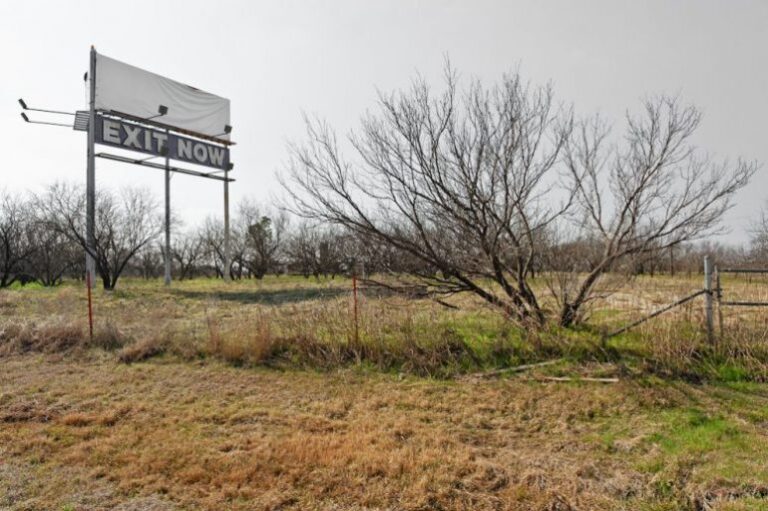
In thinking about climate change, we can take a lesson from those masters of the absurd—Franz Kafka, Albert Camus, and Samuel Beckett—to conjure uncanny and grotesque situations that, more than a realistic or scientific view, may come closer to expressing the contradictions that make up our world.
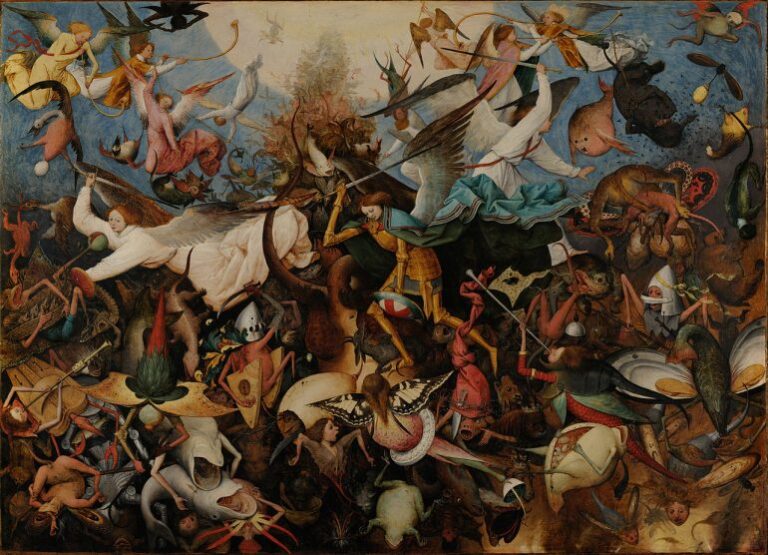
The narrative surrounding climate change shares a number of surprising similarities to the Christian story. Developed in the shadow of an apocalypse, both present a set of ethical ideals that may be beyond human capacity to realize.
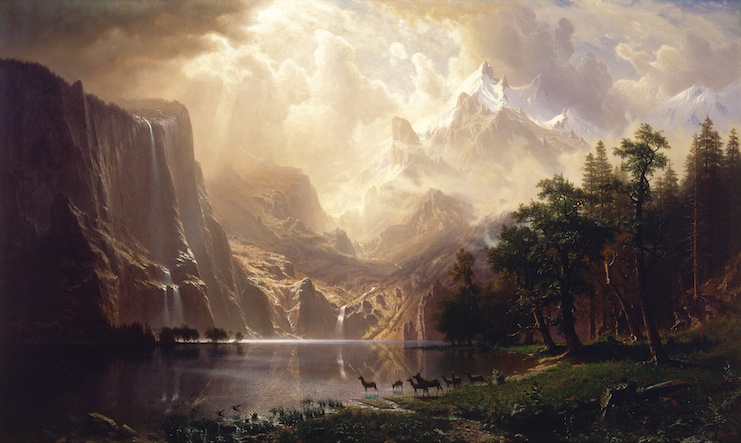
Last year Amitav Ghosh asked: where are the novels of climate change? Arguing that a limited sense of reality prevents us from accepting the truly uncanny threat that is climate change, Ghosh urges writers to be imaginatively bold and dynamic, and calls for a revival of Romanticism.
No products in the cart.